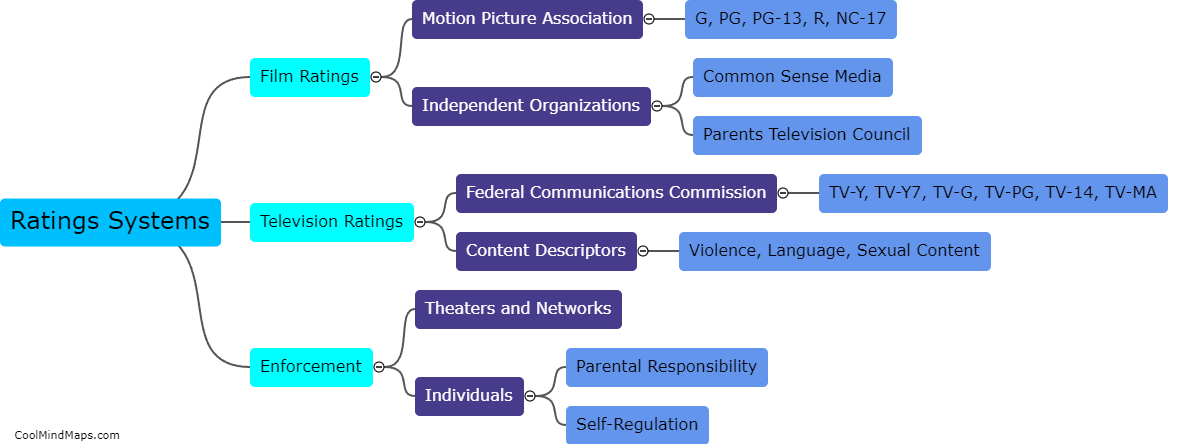Step 2: How do you use the distributive property to eliminate parentheses?
When using the distributive property to eliminate parentheses, the goal is to distribute the value outside the parentheses to every term inside. This is done by multiplying the value outside the parentheses with each term inside individually. The distributive property is a fundamental rule in algebra that helps simplify expressions and equations, making them easier to solve. It allows for the removal of parentheses by ensuring each term is properly accounted for. By applying this property, we can simplify complex expressions and equations, making them more manageable to work with in mathematics.

This mind map was published on 1 October 2023 and has been viewed 156 times.











